Home>Renovation & DIY>Tools & Equipment>How To Read A Measuring Tape For Body Measurements


Tools & Equipment
How To Read A Measuring Tape For Body Measurements
Modified: August 23, 2024
Learn how to accurately read a measuring tape for taking body measurements with this comprehensive guide. Understand the essential tools and equipment needed for precise results.
(Many of the links in this article redirect to a specific reviewed product. Your purchase of these products through affiliate links helps to generate commission for Storables.com, at no extra cost. Learn more)
Introduction
Welcome to the world of DIY tailoring and fitness tracking! Whether you're a seasoned seamstress, a fitness enthusiast, or someone who simply wants to take accurate body measurements, understanding how to read a measuring tape is an essential skill. This humble tool, often overlooked in its simplicity, holds the key to precise measurements that can make all the difference in achieving a perfect fit or tracking your fitness progress.
In this comprehensive guide, we'll delve into the intricacies of reading a measuring tape for body measurements, providing you with the knowledge and confidence to take accurate measurements for your sewing projects, body transformations, or simply for personal record-keeping. From understanding the basics of a measuring tape to mastering the art of taking precise body measurements, this guide will equip you with the skills to wield this unassuming tool with precision and finesse.
So, grab your measuring tape and let's embark on this enlightening journey together. By the end of this guide, you'll not only be adept at reading a measuring tape but also gain valuable insights into the nuances of accurate measurement-taking, setting the stage for successful sewing projects or a well-documented fitness journey. Let's unravel the mysteries of the measuring tape and empower you to take control of your measurements with confidence and accuracy.
Key Takeaways:
- Mastering the art of reading a measuring tape is essential for sewing and fitness tracking. Understanding the basics and taking accurate body measurements with precision is key to successful outcomes.
- Utilize stable surfaces, maintain consistent tension, and double-check measurements for accuracy. Embrace the process with patience and attention to detail for well-fitting garments and insightful fitness progress tracking.
Read more: How To Read Measuring Tape
Understanding the Basics of a Measuring Tape
Before we dive into the intricacies of reading a measuring tape for body measurements, let's unravel the basic components of this indispensable tool. A typical measuring tape consists of a flexible ribbon of cloth, plastic, or metal marked with linear-measurement markings. The most common unit of measurement used is inches, although some tapes also feature metric measurements in centimeters.
When examining a measuring tape, you'll notice that it is divided into increments, typically denoted by numbers and lines. Each inch is further divided into fractions, such as halves, quarters, eighths, and sixteenths, allowing for precise measurements to be taken with ease. Additionally, the tape is often marked with larger indicators at regular intervals, such as every inch, making it convenient for users to quickly identify specific measurements.
It’s important to note that the end of the tape is equipped with a metal or plastic stop, known as the “tape lock,” which allows the tape to be secured in place when taking measurements. This feature ensures that the tape remains taut and the measurement remains accurate, providing stability and ease of use when recording measurements.
Moreover, some measuring tapes come with additional features, such as a self-retracting mechanism, magnetic tips for ease of use, and both metric and imperial measurements on the same tape, catering to a wide range of measurement needs.
Understanding the anatomy of a measuring tape sets the stage for mastering its usage in various applications, from sewing and tailoring to fitness tracking and home improvement projects. With this foundational knowledge in place, you’re ready to embark on the journey of taking accurate body measurements with confidence and precision.
Taking Accurate Body Measurements
When it comes to taking body measurements, precision is paramount. Whether you’re creating custom-fit garments, tracking changes in your body dimensions, or simply maintaining a record of your measurements, the process requires attention to detail and a thorough understanding of how to use a measuring tape effectively.
Before commencing the measurement process, it’s essential to ensure that the measuring tape is positioned correctly and that it remains parallel to the ground. The tape should be snug against the body but not so tight that it compresses the skin or distorts the natural contours. For accurate measurements, it’s advisable to wear form-fitting clothing or undergarments to ensure that the tape rests directly against the body without any excess fabric interfering with the measurements.
Key body measurements to consider include the bust, waist, hips, inseam, and various other dimensions depending on the specific purpose, such as arm length, thigh circumference, and shoulder width. Each measurement requires a distinct approach to ensure accuracy and consistency.
For instance, when measuring the bust, the tape should be wrapped around the fullest part of the chest, ensuring that it passes over the shoulder blades at the back and across the nipples at the front. The waist measurement is typically taken at the narrowest part of the torso, while the hip measurement encompasses the fullest part of the hips and buttocks.
When measuring the inseam, it’s crucial to stand straight with feet shoulder-width apart and have a partner assist in taking the measurement from the crotch to the ankle, ensuring that the tape follows the natural curve of the inner leg for an accurate inseam length.
Throughout the measurement process, it’s beneficial to maintain a relaxed posture and breathe naturally to ensure that the body is in its typical state, thus yielding measurements that reflect the true dimensions without any undue compression or expansion due to posture or breathing patterns.
By understanding the nuances of taking accurate body measurements and mastering the art of using a measuring tape with precision, you can embark on your tailoring projects or fitness journey with the confidence that your measurements are true to form, laying the foundation for successful endeavors and well-fitting garments.
When reading a measuring tape for body measurements, make sure to line up the “0” mark with the starting point of the body part you are measuring. Then, note the number where the other end of the body part reaches for an accurate measurement.
Tips for Reading a Measuring Tape
Mastering the art of reading a measuring tape involves more than just deciphering numbers and lines. To ensure accuracy and consistency in your measurements, consider the following tips and techniques that will elevate your measurement-taking skills to the next level:
- Use a Stable Surface: When taking measurements, ensure that the individual being measured stands on a stable, flat surface to maintain balance and posture, facilitating accurate readings.
- Maintain Consistency: Whether you’re measuring for tailoring or fitness tracking, it’s crucial to maintain a consistent level of tension with the measuring tape for each measurement. Inconsistent tension can lead to variations in measurements, compromising the accuracy of the data.
- Double-Check Measurements: After taking a measurement, double-check the reading to confirm its accuracy. This practice can help identify any discrepancies and ensure that the measurements are precise.
- Record Measurements Immediately: To avoid forgetting or mixing up measurements, record each measurement immediately after it’s taken. This approach minimizes the risk of errors and ensures that the data is accurately captured.
- Utilize a Full-Length Mirror: When measuring certain body dimensions, such as the waist or hips, using a full-length mirror can aid in ensuring that the tape is positioned correctly and parallel to the ground, enhancing the accuracy of the measurements.
- Seek Assistance for Hard-to-Reach Areas: For measurements such as the back, shoulders, or inseam, enlisting the help of a partner can ensure that the tape is positioned accurately and that the measurements are taken with precision, especially in hard-to-reach areas.
- Regularly Calibrate Your Measuring Tape: Over time, measuring tapes may experience wear and tear, leading to inaccuracies. Periodically calibrating your measuring tape against a known standard can help maintain its accuracy and reliability.
- Consider the Clothing Layer: When taking measurements for tailored garments, consider the thickness of the clothing being worn. For instance, if the measurements are intended for a winter coat, ensure that the measurements account for the additional layering of clothing.
By incorporating these tips into your measurement-taking process, you can elevate the accuracy and reliability of your measurements, whether for sewing projects, fitness tracking, or personal record-keeping. These practices not only enhance the precision of your measurements but also instill confidence in the data you gather, setting the stage for successful outcomes and well-informed decision-making based on accurate measurements.
Conclusion
Congratulations on embarking on this enlightening journey into the realm of reading a measuring tape for body measurements. By unraveling the nuances of this humble yet indispensable tool, you’ve gained valuable insights into the art of taking accurate measurements with precision and finesse. Whether you’re a seasoned tailor, a fitness enthusiast, or someone seeking to maintain a record of their body dimensions, the knowledge and skills acquired in this guide will serve as a cornerstone for your future endeavors.
From understanding the basics of a measuring tape to mastering the art of taking precise body measurements, you now possess the expertise to wield this unassuming tool with confidence and accuracy. The foundational understanding of the measuring tape’s anatomy, combined with the tips and techniques for accurate measurement-taking, equips you to navigate the world of tailoring, fitness tracking, and personal measurement record-keeping with precision and assurance.
As you apply these newfound skills in your sewing projects, fitness journey, or personal measurement tracking, remember to embrace the process with patience and attention to detail. Each measurement taken with precision paves the way for well-fitting garments, insightful fitness progress tracking, and a thorough record of your body’s dimensions over time.
So, whether you’re fashioning a custom-fit garment, tracking changes in your body dimensions, or simply maintaining a record of your measurements, the art of reading a measuring tape will be your steadfast companion, guiding you towards accurate and reliable measurements that form the bedrock of successful outcomes and informed decision-making.
Armed with this newfound expertise, you’re poised to embark on your measurement-taking endeavors with confidence, precision, and a deep appreciation for the invaluable role of the measuring tape in your creative and fitness pursuits. May your future projects and measurement-tracking endeavors be marked by accuracy, success, and the joy of wielding this unassuming yet powerful tool with mastery and finesse.
Frequently Asked Questions about How To Read A Measuring Tape For Body Measurements
Was this page helpful?
At Storables.com, we guarantee accurate and reliable information. Our content, validated by Expert Board Contributors, is crafted following stringent Editorial Policies. We're committed to providing you with well-researched, expert-backed insights for all your informational needs.
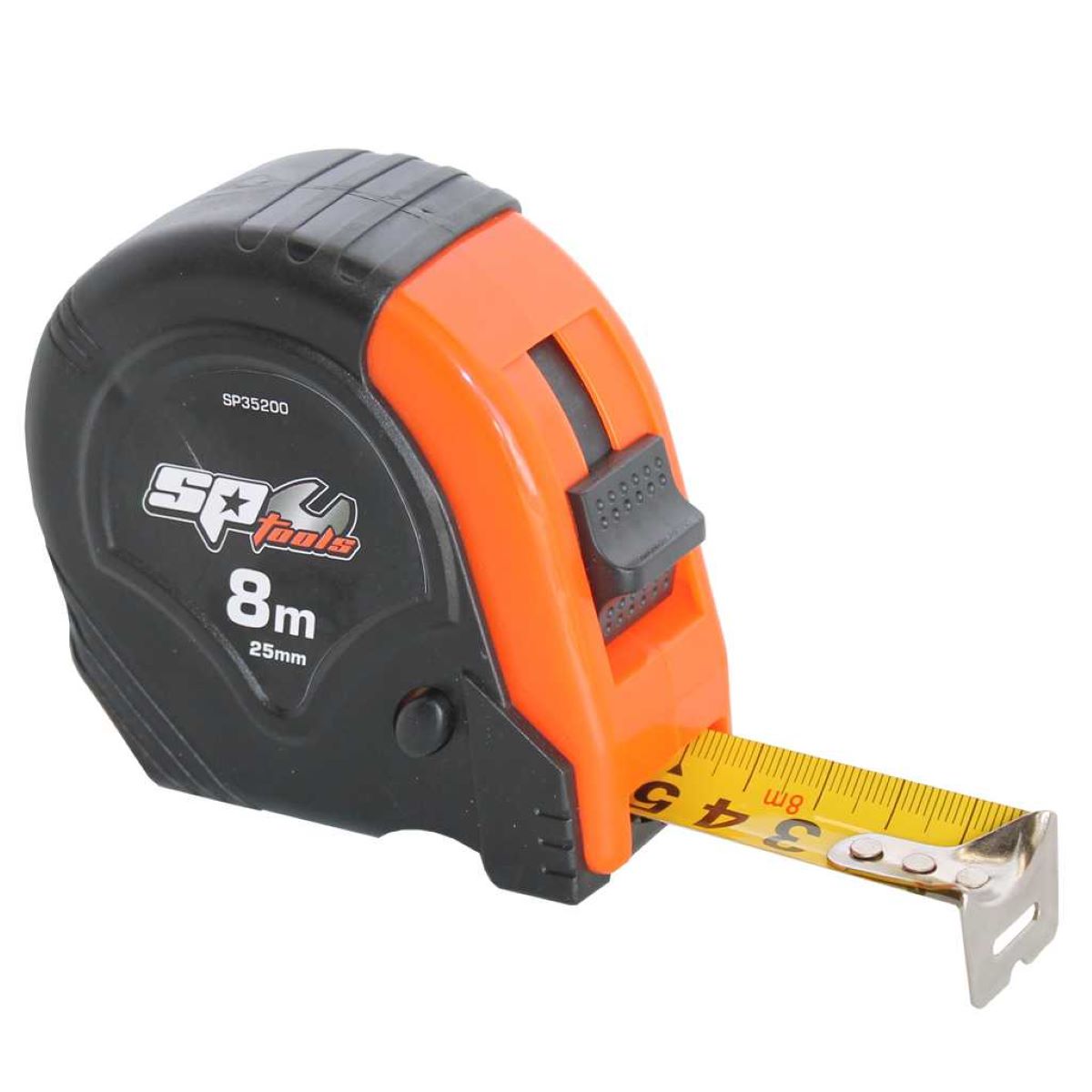
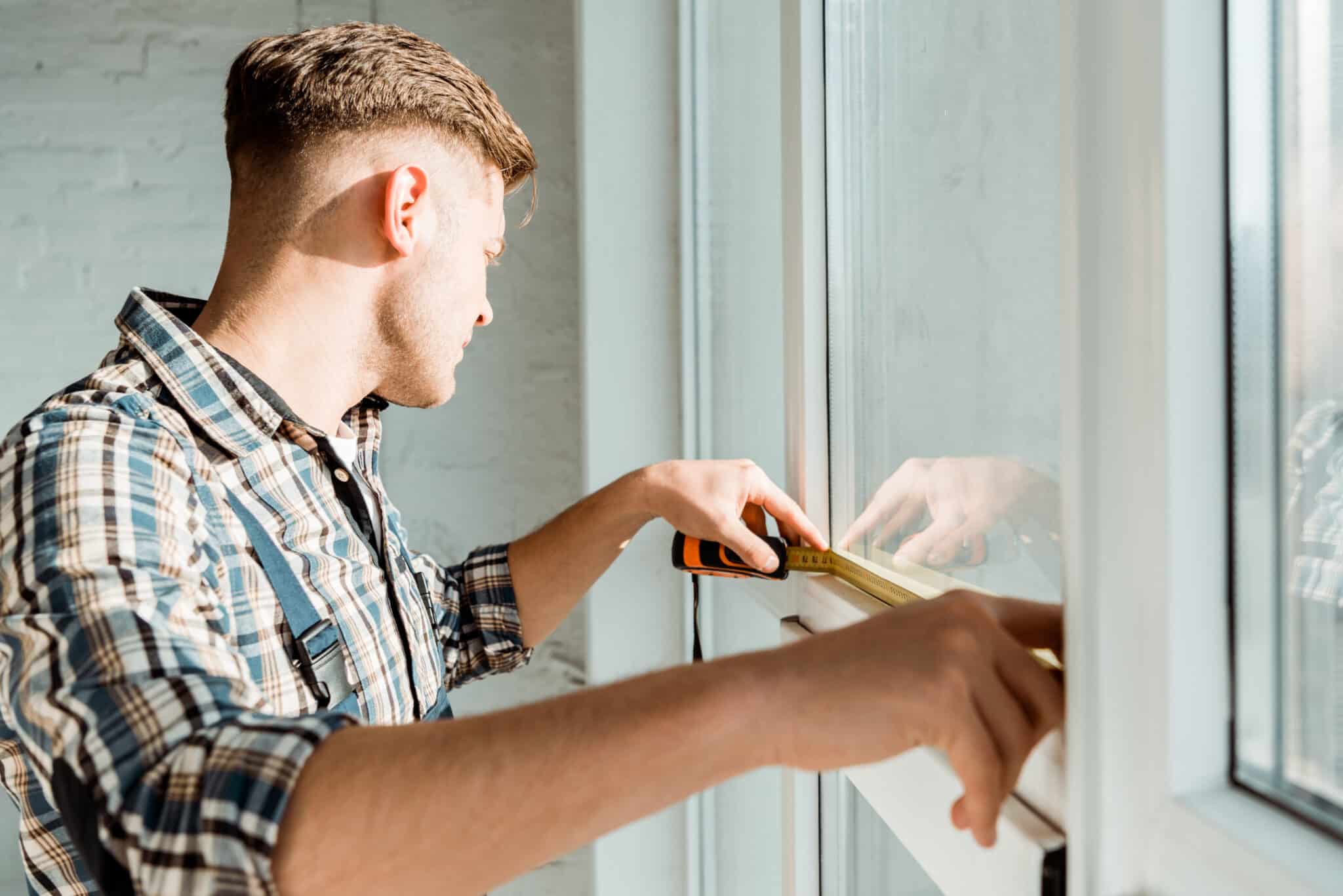
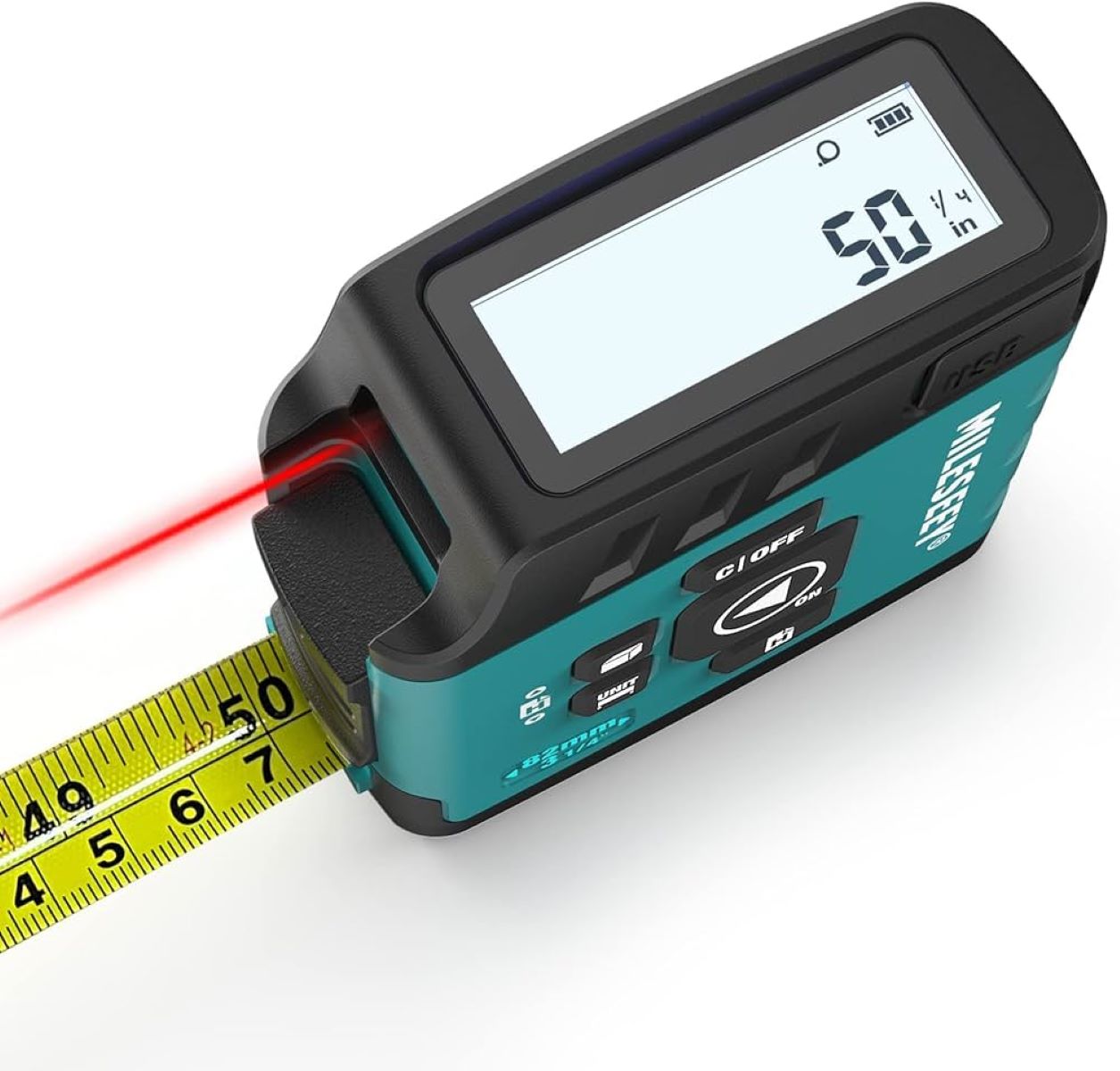
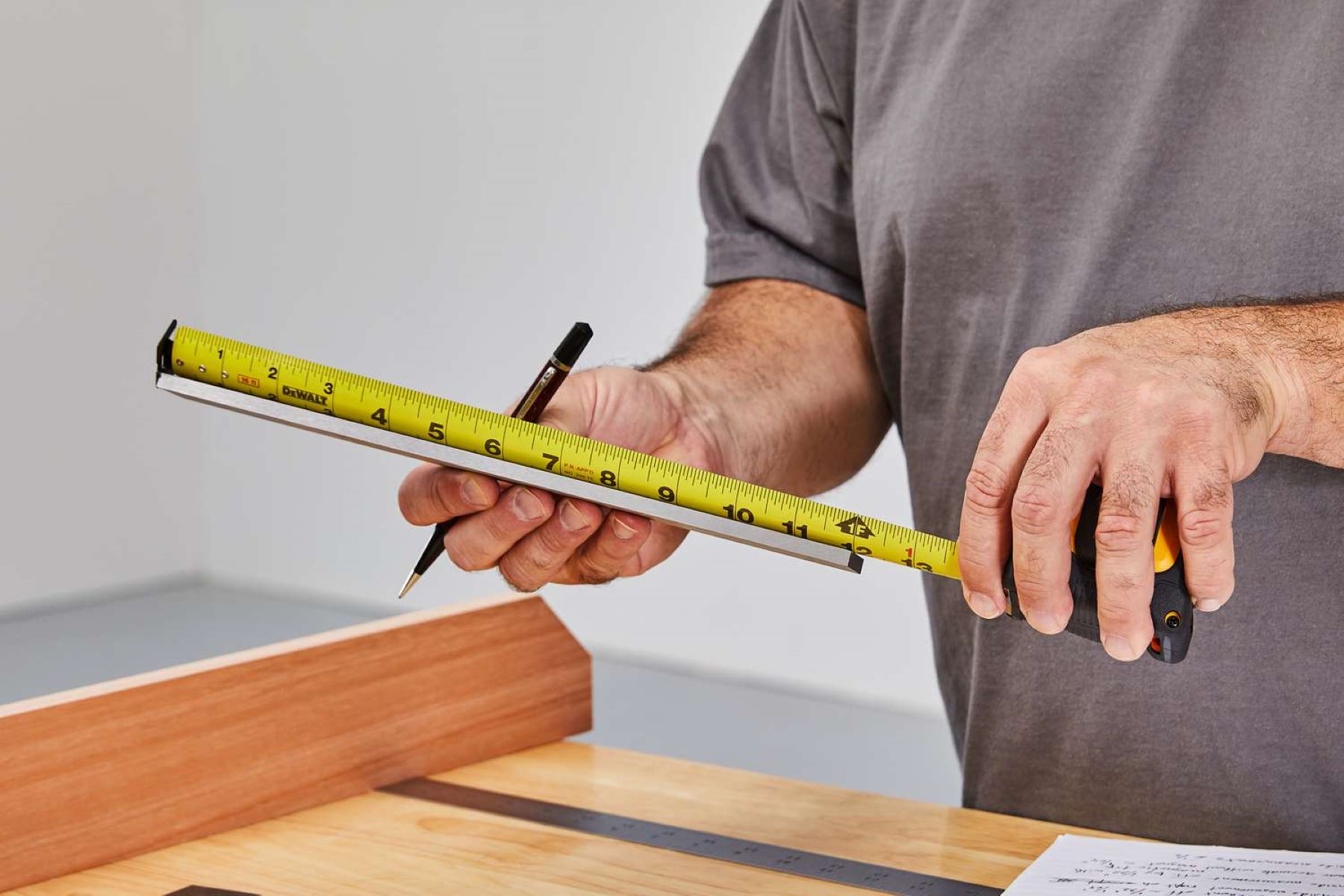
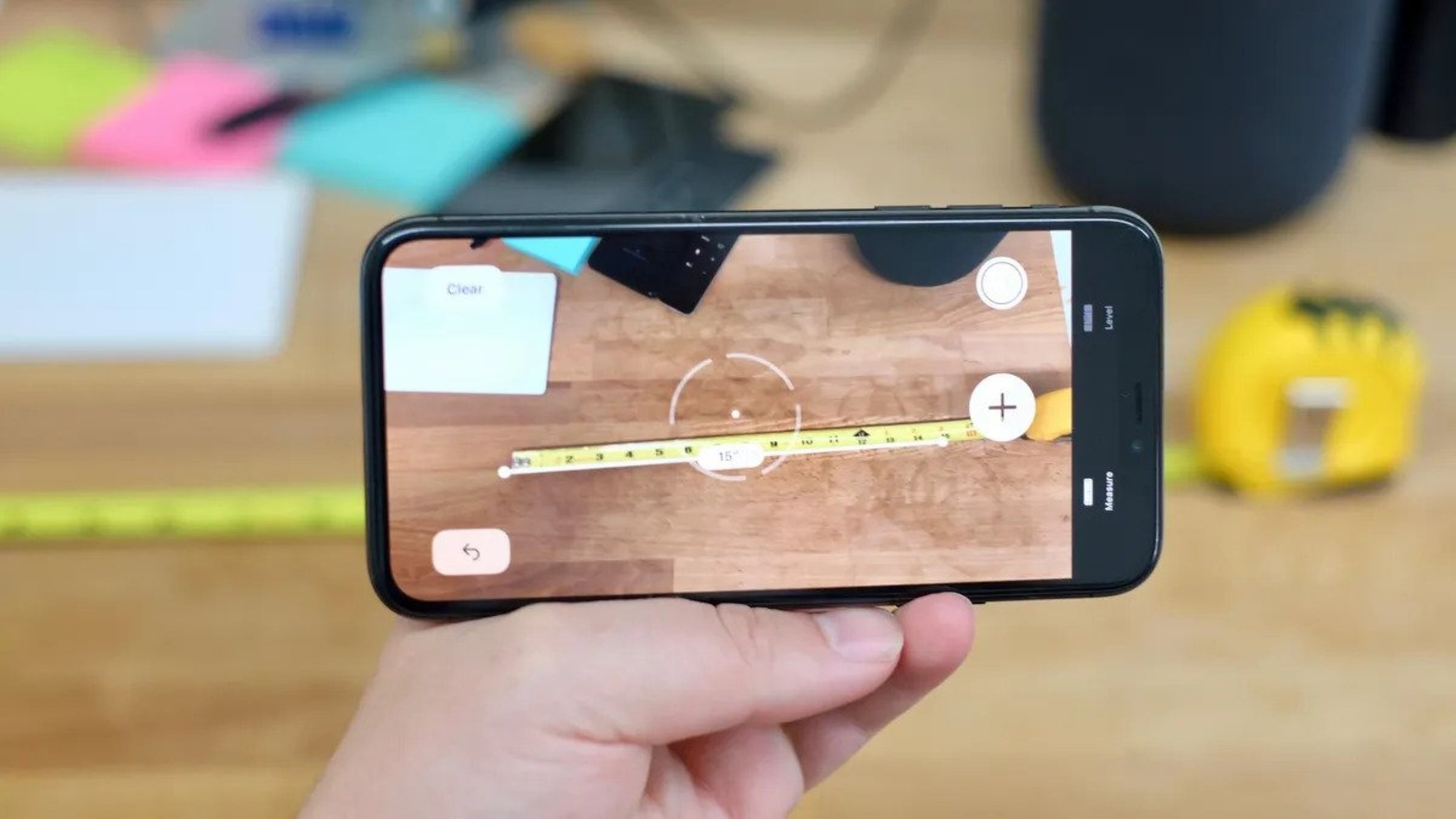
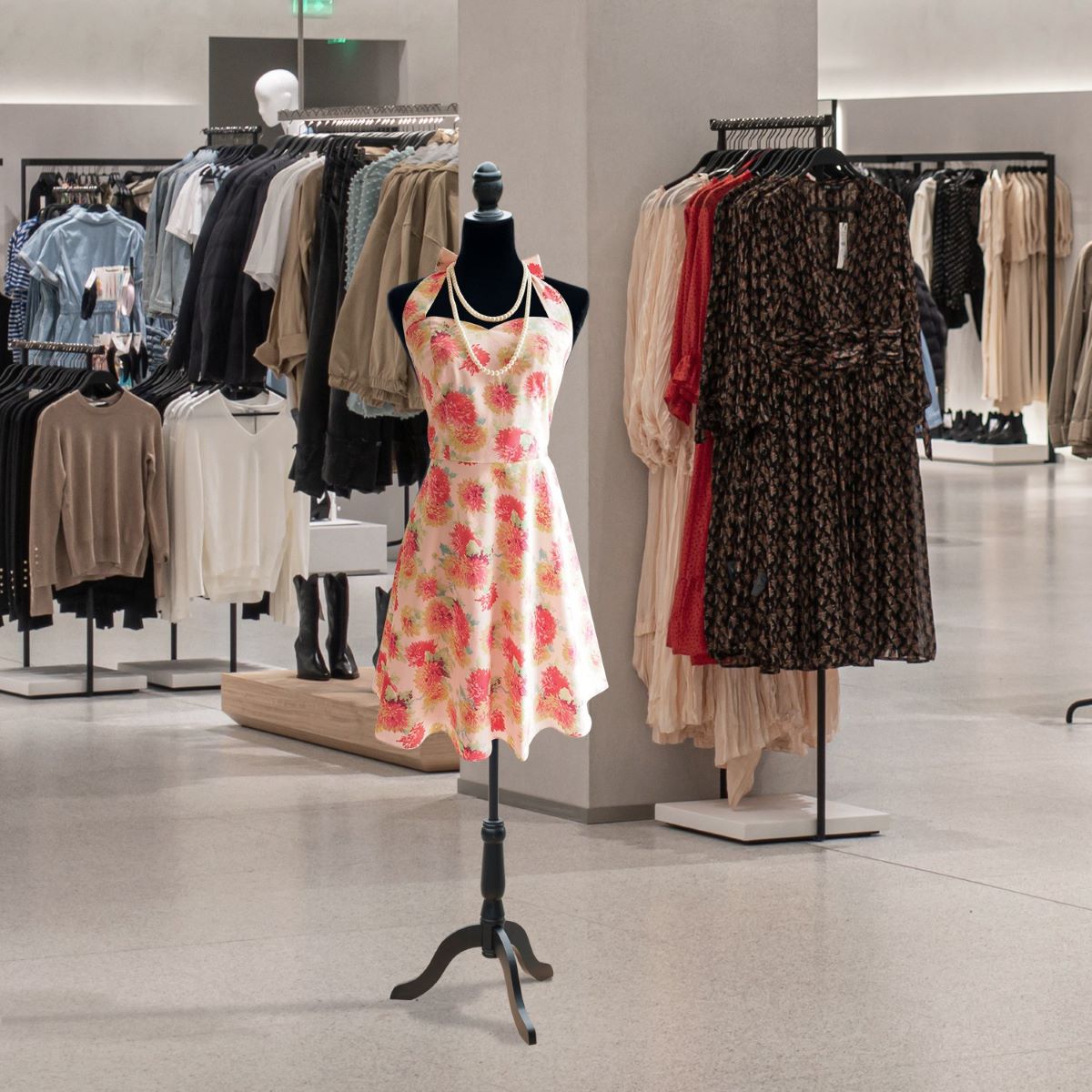
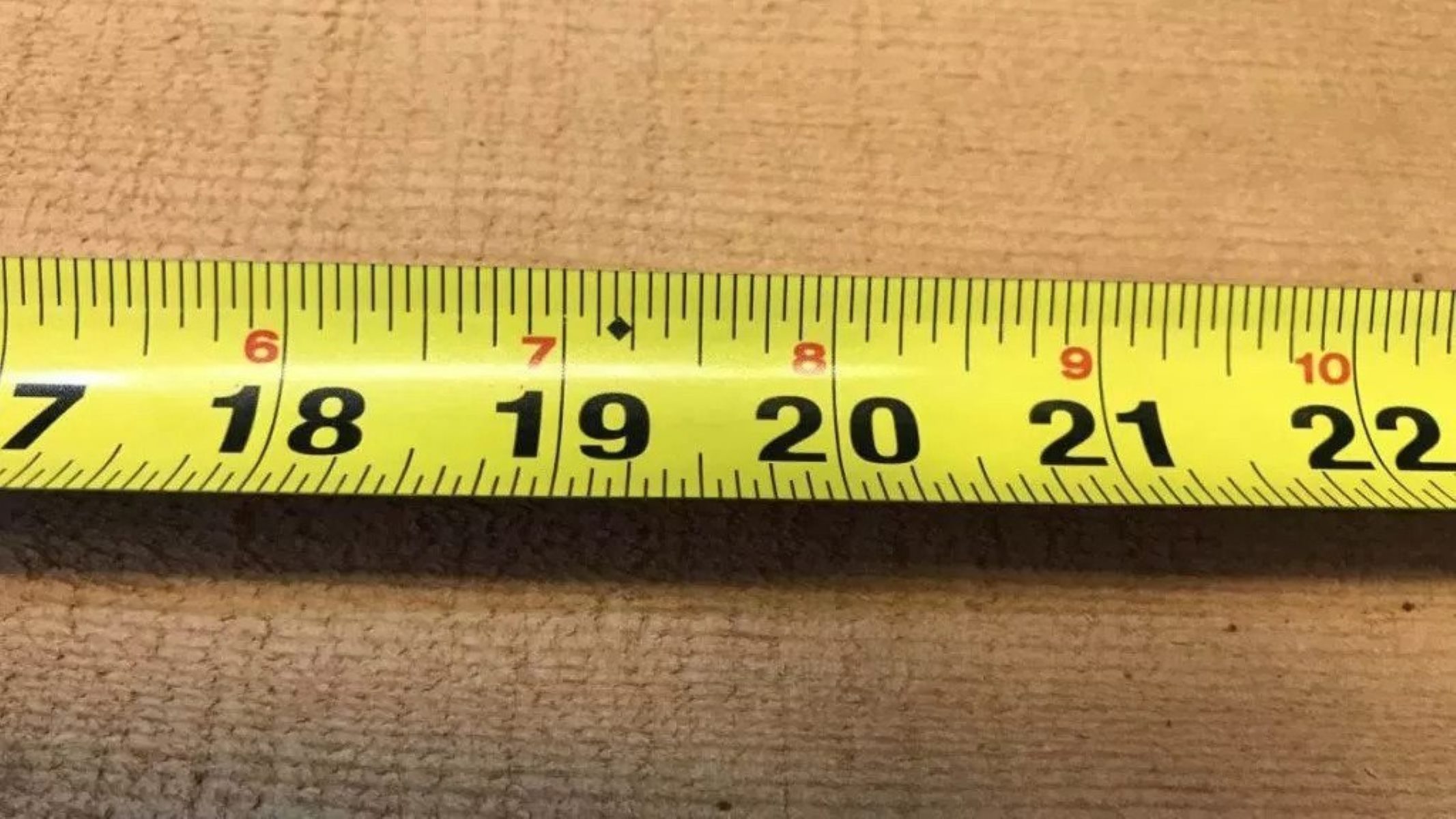
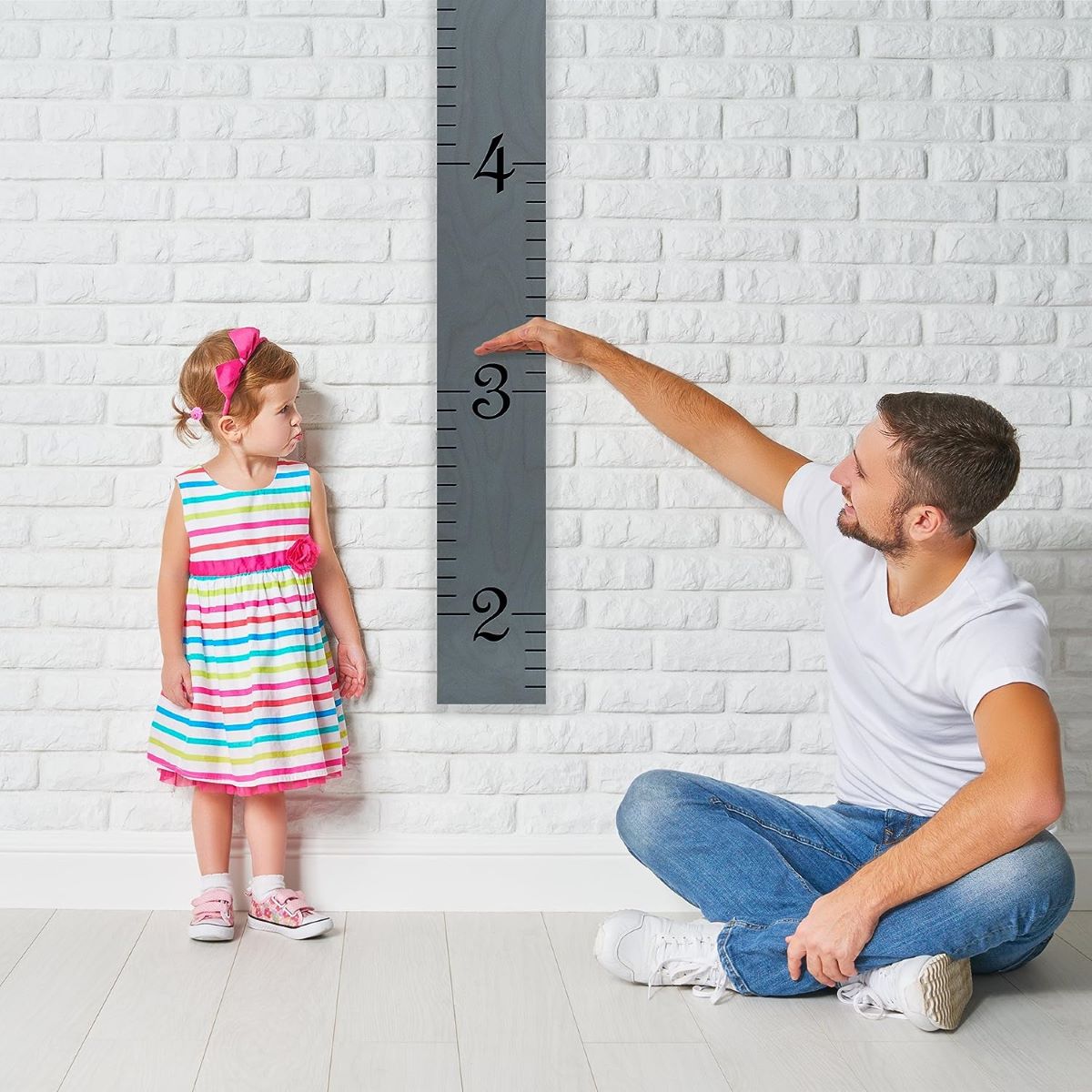
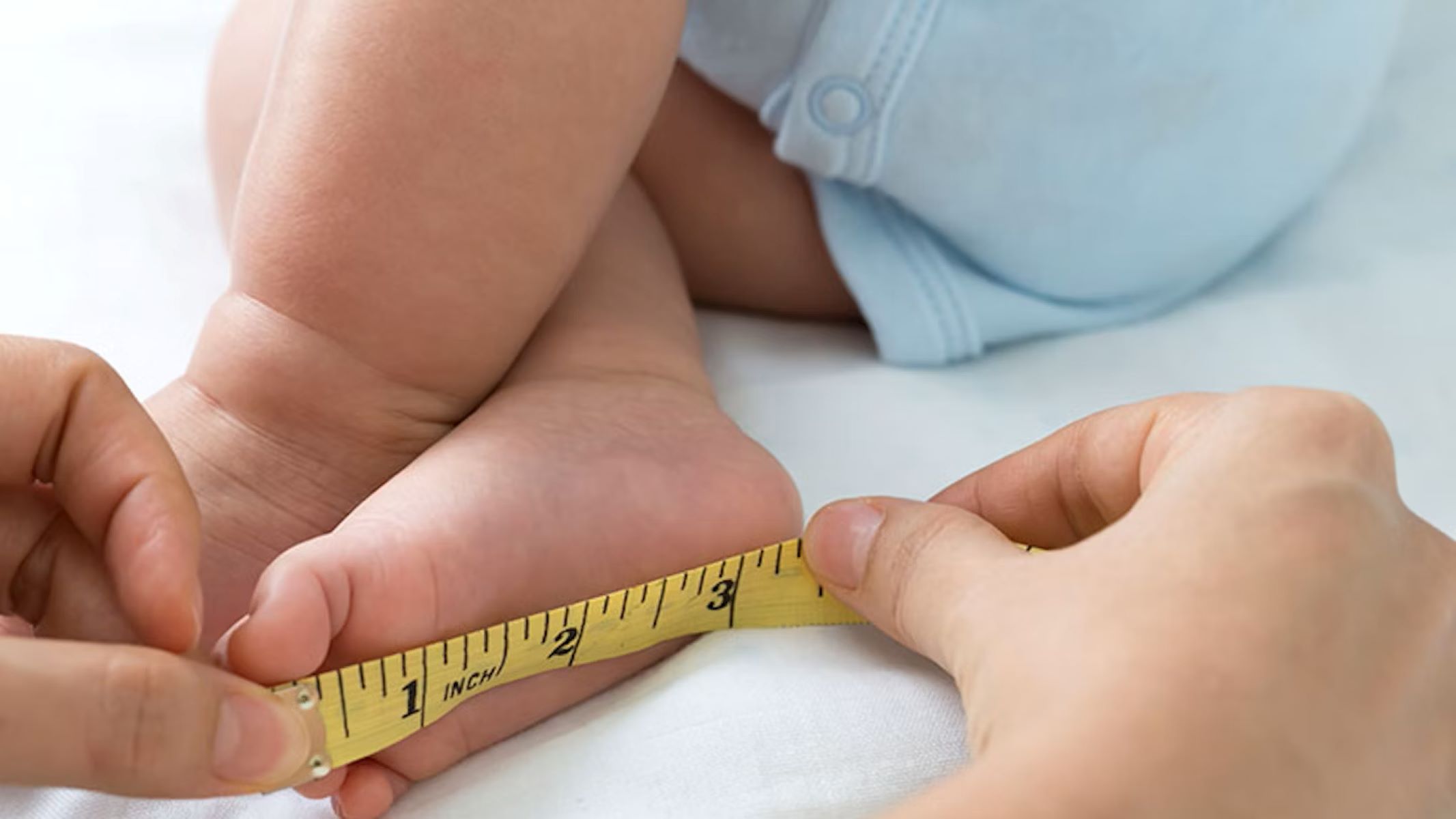
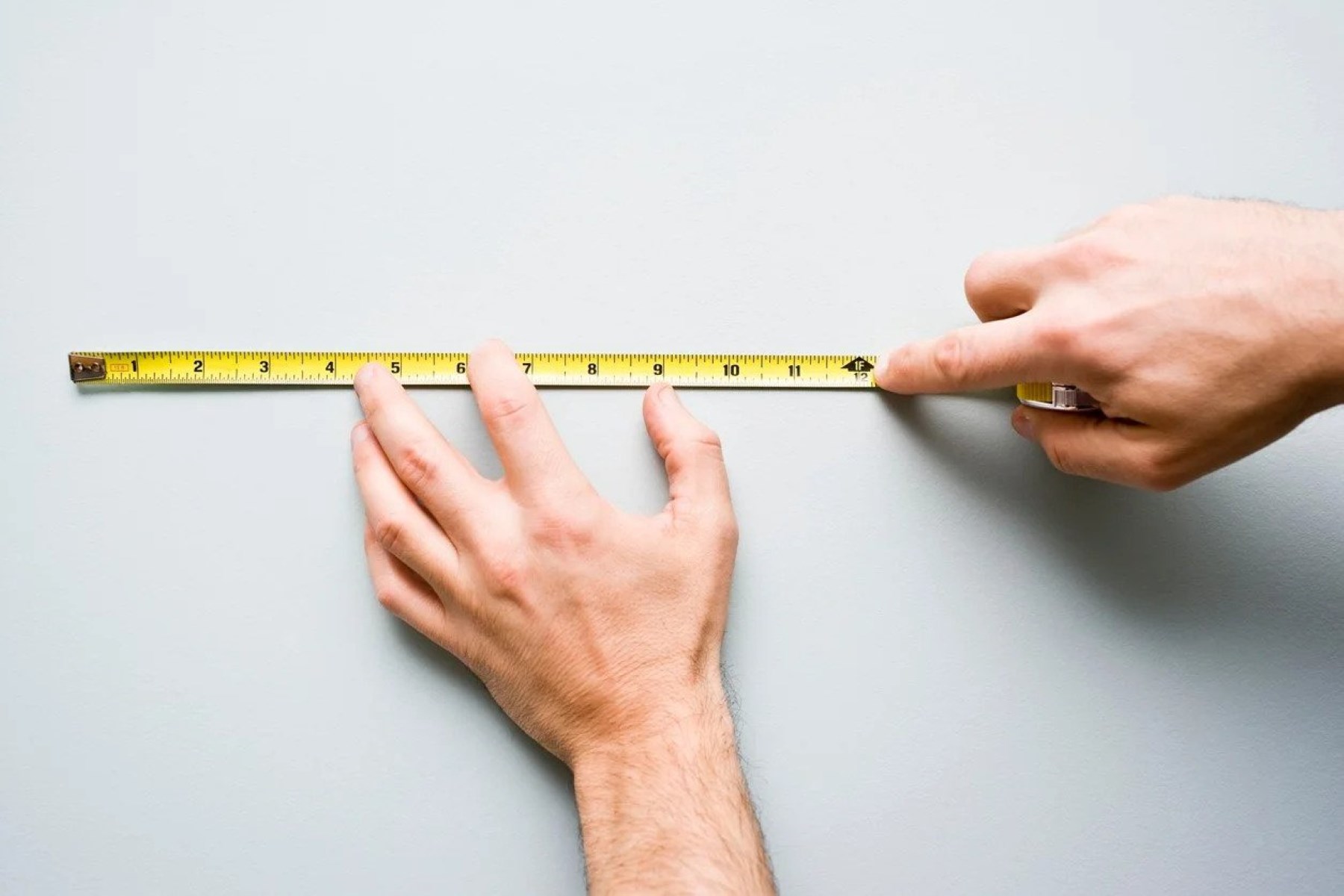

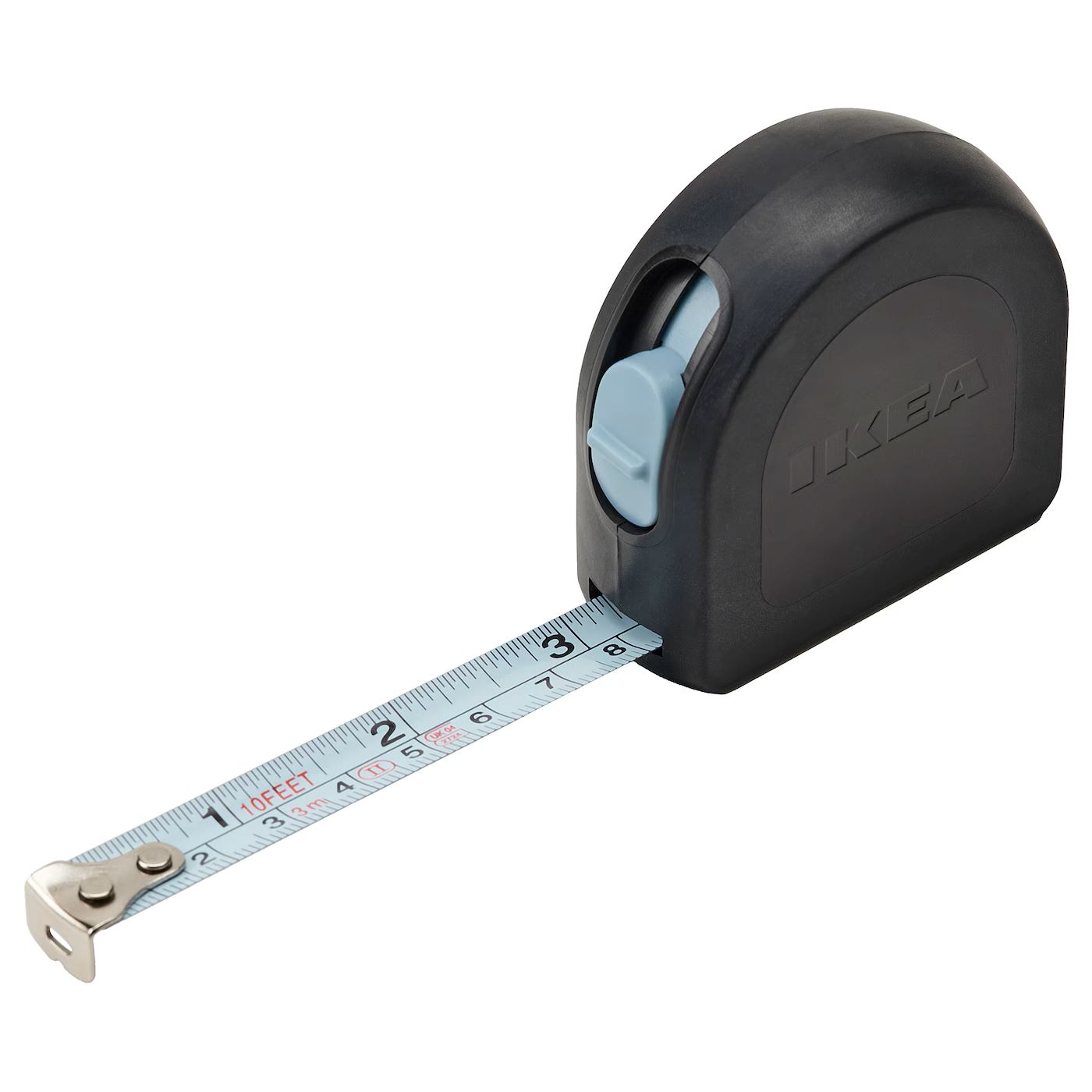
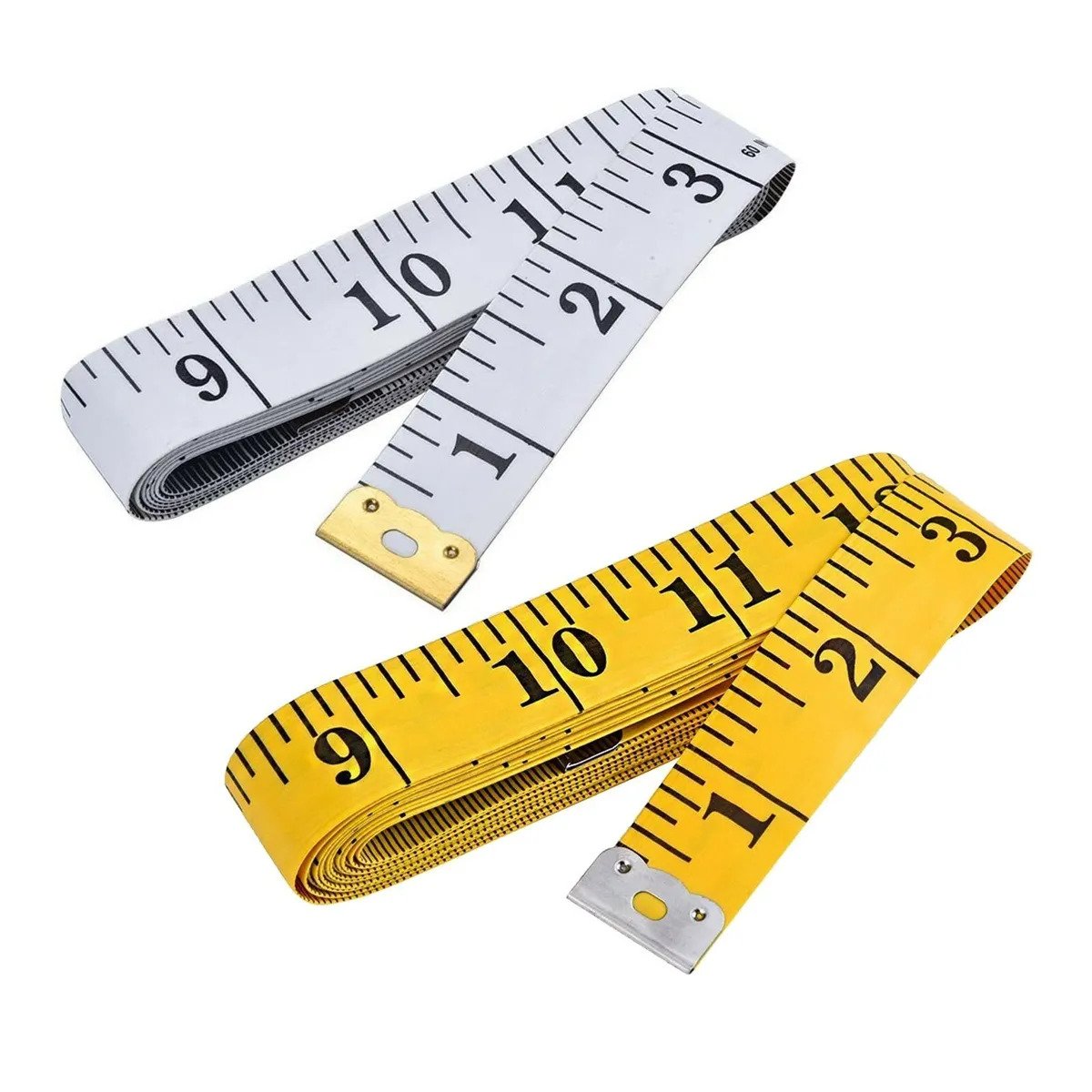
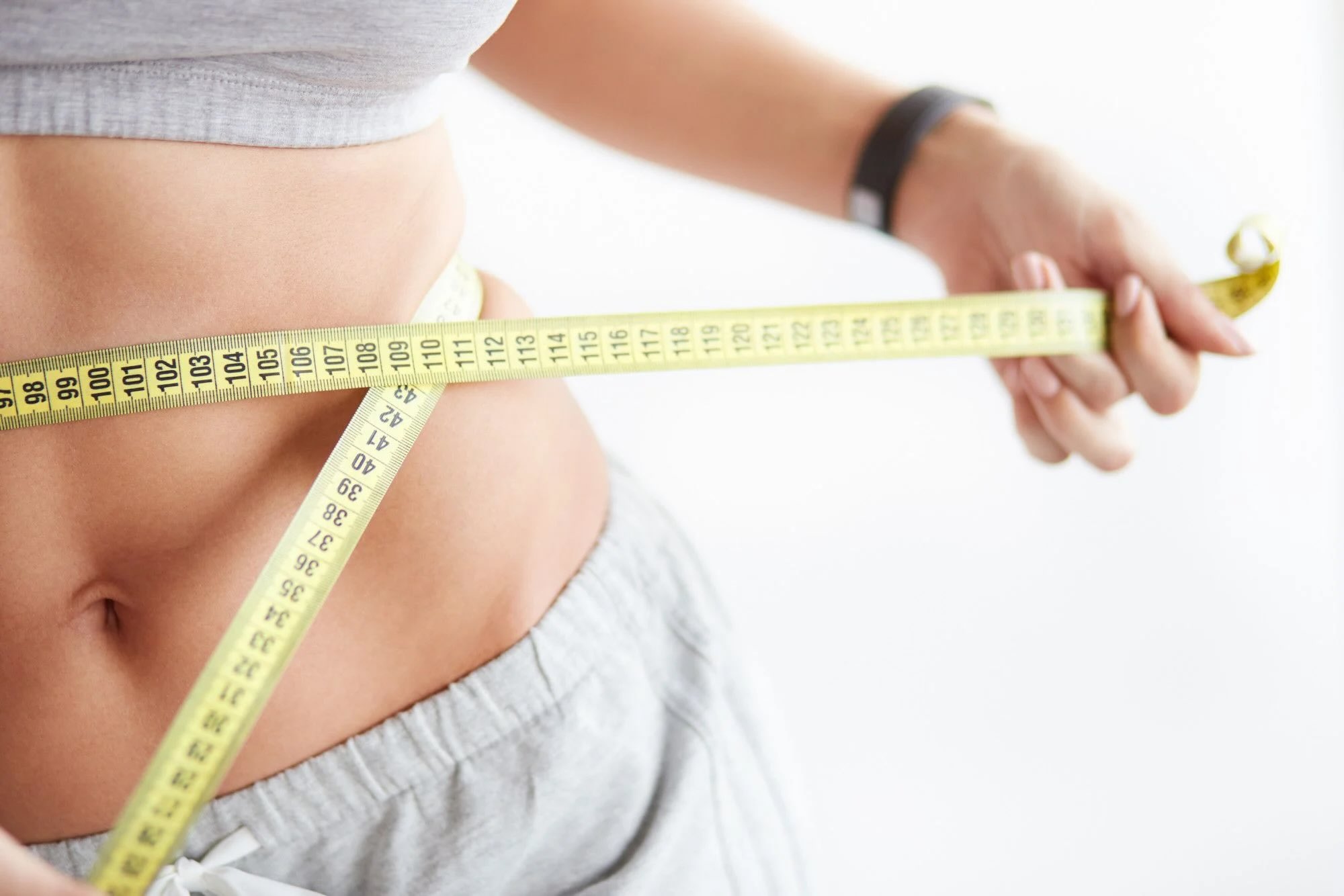
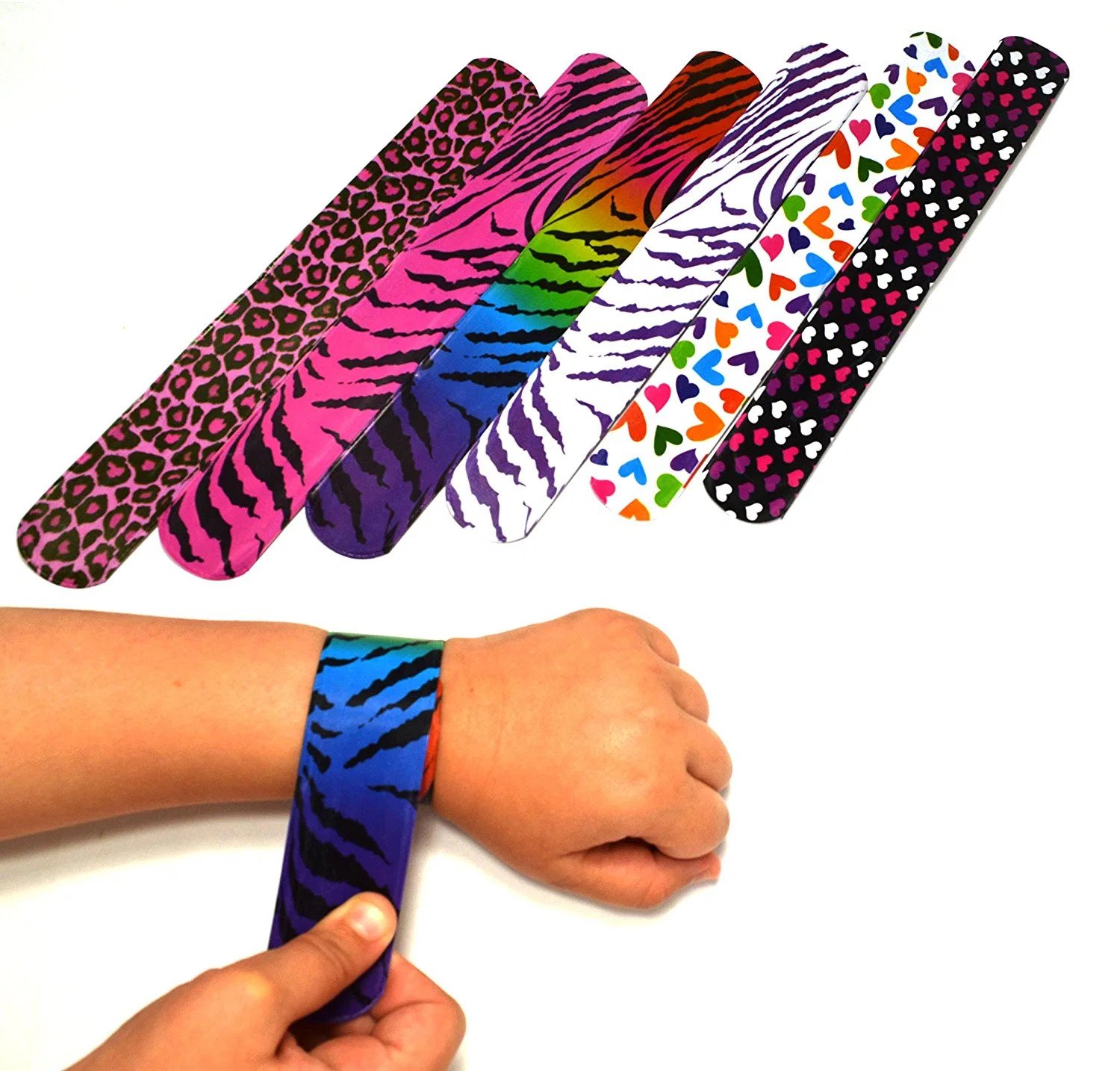

0 thoughts on “How To Read A Measuring Tape For Body Measurements”